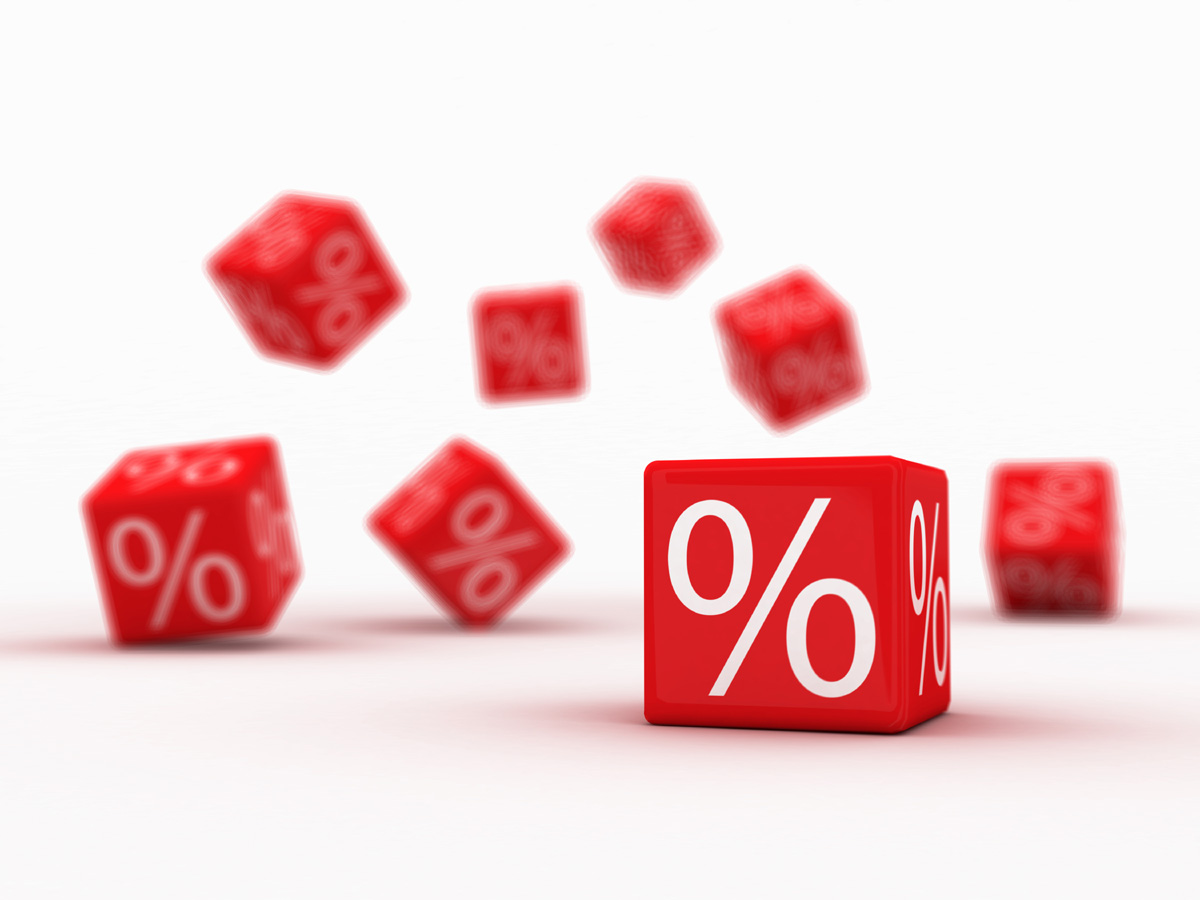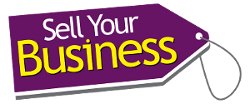
Business valuation using DCF
This article will focus on how to use Discounted Cash Flow (DCF) to value your business. If you’re looking for details on valuing your business using a valuation multiple, I’ve covered that here and both business valuation techniques are also part of our ‘Calculate Your Walkaway Price Pack’.
Discounted Cash Flow is where you look at how much cash the business generates each year, project it into the future and then calculate the worth of that cash flow stream “discounted” using an interest rate. This kind of calculation can be easily done by using a software package like Microsoft Excel and its Net Present Value (NPV) function if you’re familiar with using software.
Otherwise, without using a software package, one quick-and-dirty technique is to divide the current yearly earnings by the Bank of England base rate or a banks’ instant access savings account interest rate. For example, if your business makes a profit of £10,000/year and the savings account rate is returning 3% interest, the business is equivalent to £333,333.
Here’s how we calculated that: £10,000 / 3% = £333,333
£333,333 invested in a 3% savings account would return £10,000 income.
Looking at the figures, if you had £333,333, you could earn your £10,000/year by investing in the bank’s savings account with a lot less effort than running a business but be aware that this quick-and-dirty Discounted Cash Flow technique puts an upper limit on your business valuation. After all, why would you spend more than £333,333 on a business when you could earn more by spending the same money in the savings account? A possible answer could be that you want to diversify your investment portfolio. The other is that perhaps one around risk and also savings interest rates could drop.
Of course, using this DFC quick-and-dirty technique assumes that your business will have the same earnings year after year, and assumes that only monetary return matters and we all know that in reality earnings will go up and down and there are more intangible benefits other than hard cash to take into consideration.
So there you have it, DCF in a nutshell. You can now compare the Discounted Cash Flow technique against using a valuation multiple to value your business.
Please remember that at the end of the day, just like art lovers, it’s all in the eyes of the beholder (the buyer) and what they are willing to pay for it.
Joanna Miller helps business owners navigate their way through the start to finish process of selling a business. Her specialty is helping owners understand how to prepare and make the most of their business sale process to maximise their company’s value. To understand how you can sell your business quickly for the highest sales price, purchase her book, “How To Sell A Business: The #1 guide to maximising your company value and achieving a quick business sale”
